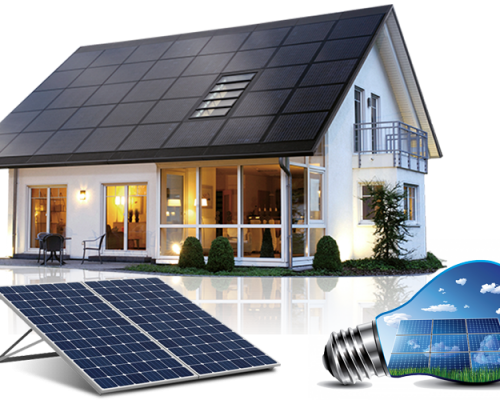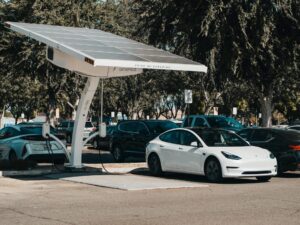Recollecting the history of solar energy brings us back to the 1970s energy crisis and oil embargo which caused long lines in gasoline stations, high gasoline prices, and even caused panic among consumers and investors alike in the United States. Knowledge about oil being a non-renewable resource has been around since the 1800s. But it was only during and after the 70s energy crisis that people really began to realize the consequences of depending too much on an already depleting energy resource.
However, utilizing the sun’s energy is not really a recent development. It has been used by ancient civilizations for warmth, for food and crop preparations and various agricultural purposes. What’s new are the technologies involved in harnessing this energy and utilizing it for man’s daily use.
The technology began in the 1830’s when Edmund Becquerel made public his studies on how solar light can be harnessed into usable energy. However, nobody followed up on this idea nor explore any practical use. The next breakthrough on solar power came after thirty years Becquerel published his works.
In 1860s, the French Monarch commissioned Augusted Mouchout to find other sources of energy. And Mouchout looked up in the sky for inspiration. His series of solar powered contractions were quite impressive back then. His inventions included a motor that run on solar energy, a steam engine that uses the sun’s light, and an ice maker that fully rely on solar power.
After Mouchout, there were several other notable achievements in the line of solar power. Among these is the works of William Adams in the 1870s which utilized mirrors to channel the power of the sun to make a steam engine run. Adams’ power tower design concept is still in use today. Another notable work is by Charles Fritz in the early 1880s. His studies were attuned on turning sunlight into electricity, which he later accomplished.
But one of the most significant development in modern solar energy occurred in the 1950s. Early in the decade, R.S. Ohl discovered that sunlight produces large numbers of free electrons when it strikes silicon. Then in the mid-1950s Gerald Pearson, Calvin Fuller, and Daryl Chaplin was able to capture those free electrons and convert them in electricity. Today, silicon cells are used to make solar cells and solar panels for harnessing the sun’s energy.
Immediately these solar cells were made into good use and the first among to use them was the field of space aeronautics. These silicon based solar cells were used to power satellites that orbit the earth. The satellite Vanguard I was the first one launched out to space which rely on solar cells for power. More satellites followed.
Nowadays, more and more research and studies are being conducted on how best to utilize the sun’s energy. Especially today where it is said that about 30-50 years from the now, the world oil reserves will be totally depleted. Thus, the search for alternative sources of energy continuous. The sun is expected to die out in a couple of thousand of years, it’s too long to worry about and man can have all the sun’s energy until that day. The challenge today is creating solar energy power in more efficient and cost effective way. Admittedly, the costs of those photo cells are not that cheap to be accessible by most of the ordinary consumers. The movement today in the science and technology committee is to be able to provide cheap alternative source of energy.




















